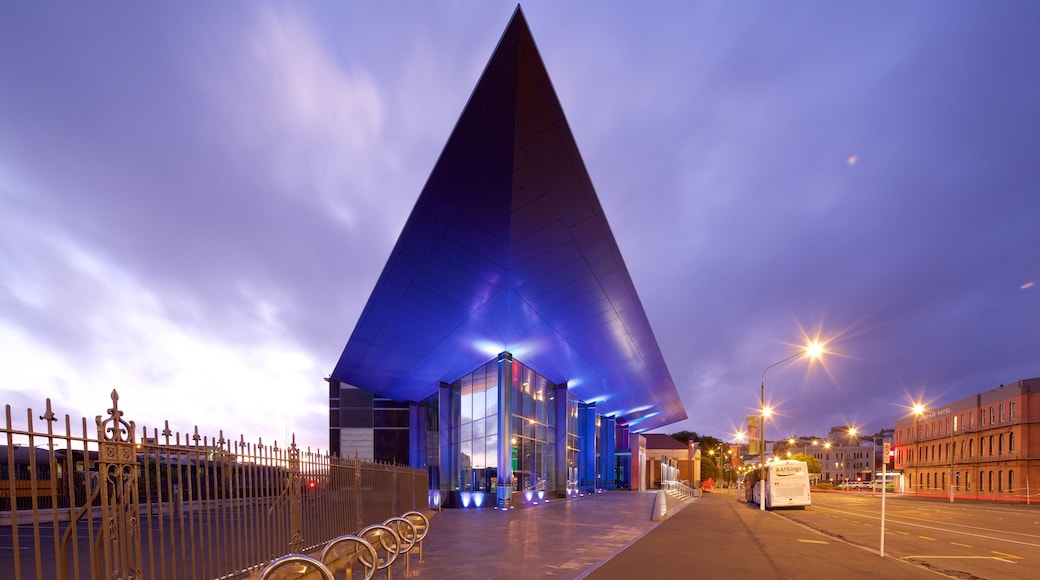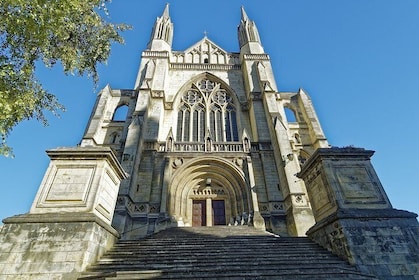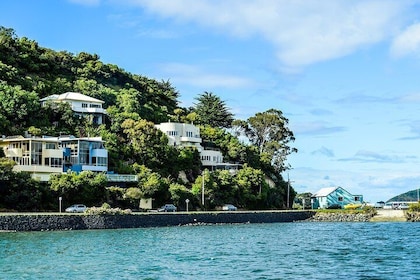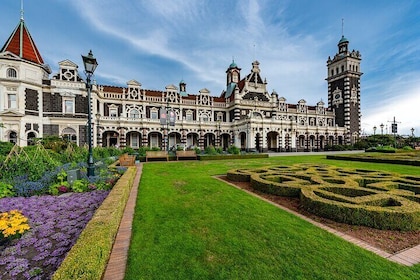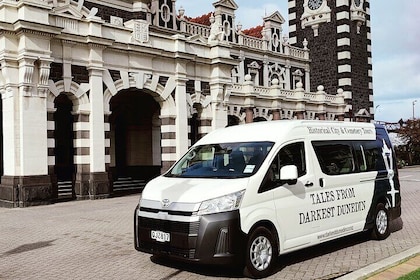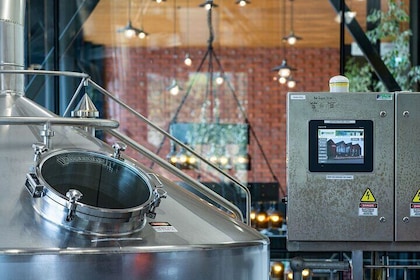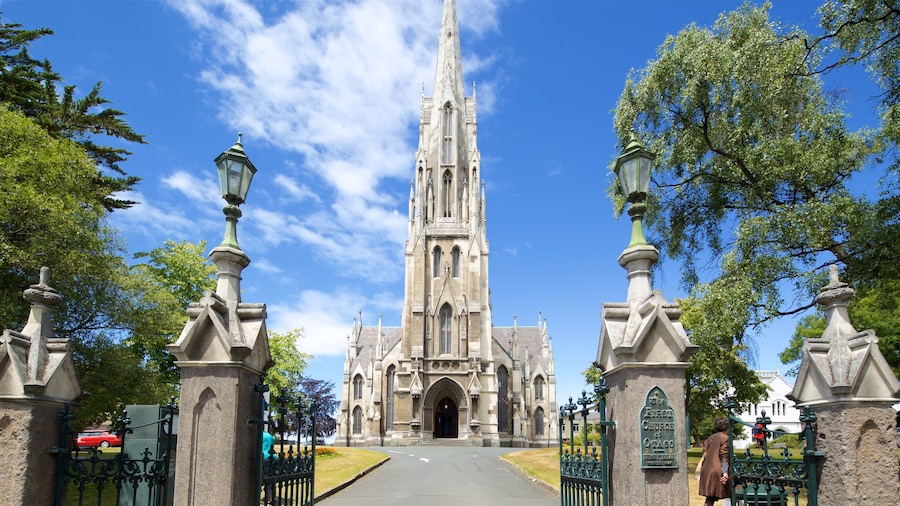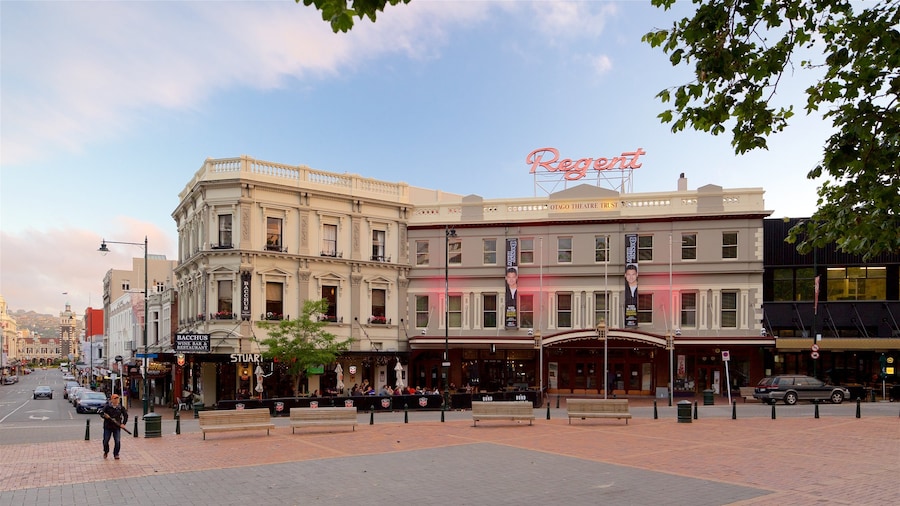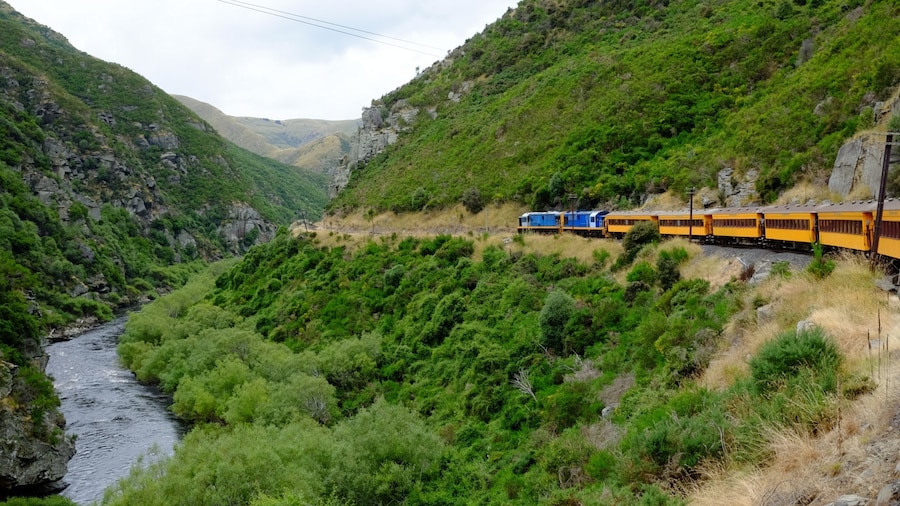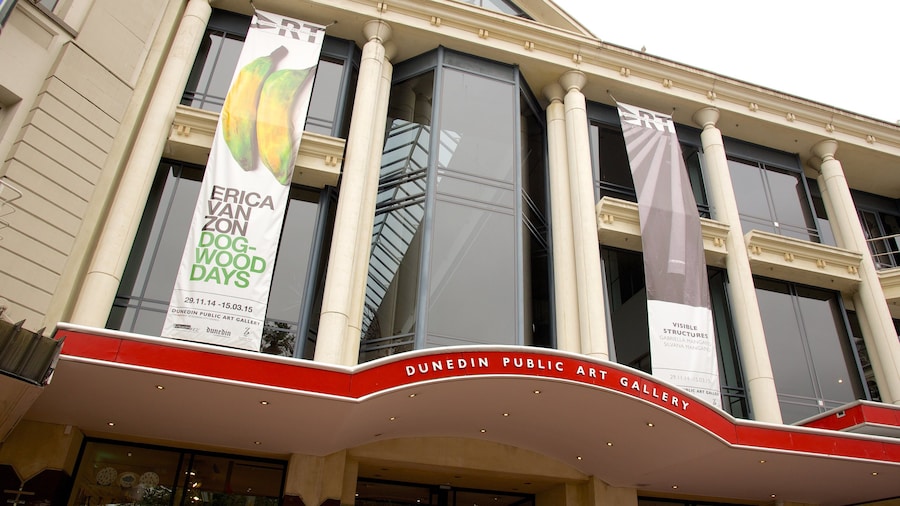The extensive collection of interactive displays and intricate scale models bring the fascinating history of the Otago region to life.
At the Toitū Otago Settlers Museum, view replicas of traditional Maori boats and discover how the indigenous people of New Zealand adapted to accommodate arrivals from abroad. Go below deck on a replica immigrant ship and check out a genuine 19th-century British train.
Begin your visit to the museum by gaining an understanding of life in New Zealand before the first settlers arrived at the end of the 18th century. The Ara-i-te-uru exhibit will show you how events unfolded through the eyes of the Maori. Don’t miss the examples of typical Mokihi watercraft and the fully interactive storehouse of knowledge.
The next section of the museum gives a detailed account of the first encounters between the people of New Zealand and their British counterparts. Discover why this was such a turbulent period and why the signing of the Treaty of Waitangi was such an important moment.
One of the museum’s most enthralling features is a life-size depiction of the interior of an immigrant boat. Climb aboard to get a sense of the long, arduous and often terrifying journey around the world from Britain to Otago. Short video clips help illustrate the realities of the journey.
Elsewhere in the museum hear stories about the famous gold rush of 1861. Stand completely surrounded by portraits of Otago’s early pioneers in the Smith Gallery. Built in 1908, this is the oldest part of the museum.
Spend time admiring Josephine, the green locomotive that was transported from England in 1872 to be used on the Dunedin-Port Chalmers Railway. Having been saved from the scrap heap, it has now retired to the museum where it provides a tangible glimpse into a bygone era.
The Toitū Otago Settlers Museum is at Queens Gardens in central Dunedin. Stop at the museum’s café and souvenir shop during your visit. The museum is open every day, all week with free access. Special exhibits may charge a small fee for entry.
